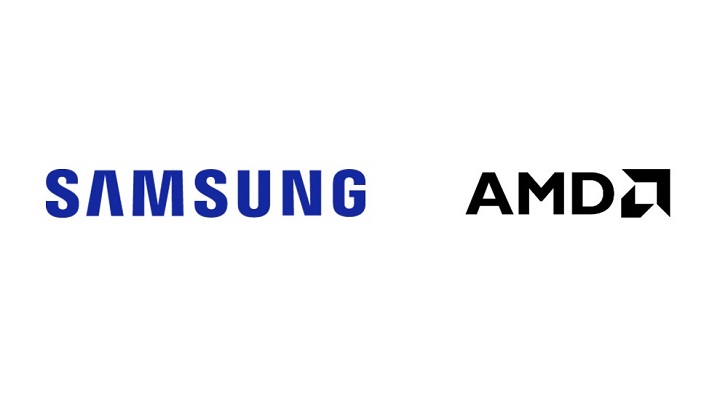No it's not, it's ahead. Most long term test, which throttle to the same watts and are vastly preferred by good reviewers, show a slight advantage for the Exynos. Links:
1l
2
BTW as these two SOCS/Phones have the same cooling solutions and chips built on the same process this is the most fair comparison you could possibly make, so yeah those two tests are super valid.
Probably it'll only get better if the next version is RDNA3 based, challenging Apple in perf per watt certainly isn't out of the question if this gets a similar bump as the desktop versions in efficiency.
The big problem is the rest of the SOC. Samsung doesn't, or at least didn't, have the management to get a good SOC made, instead budgeting no time to get miracles done. Recently their head of silicon was fired and a new one moved in, so maybe things will change for the better.




